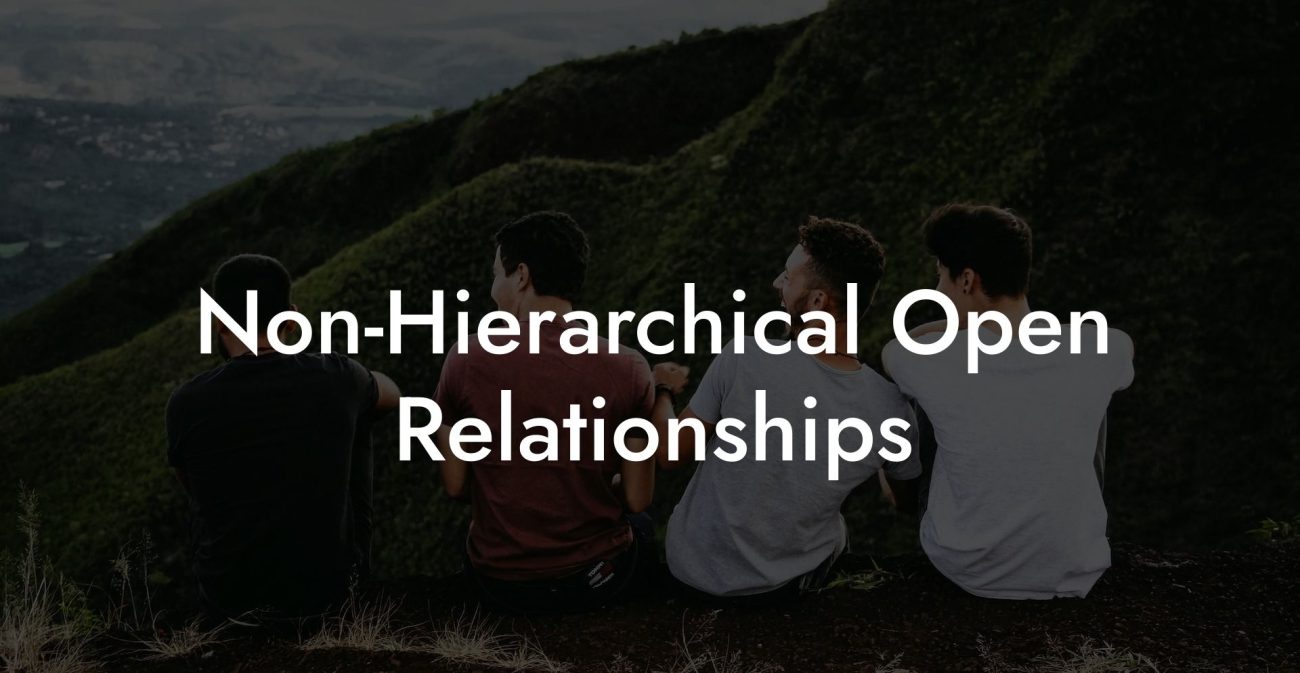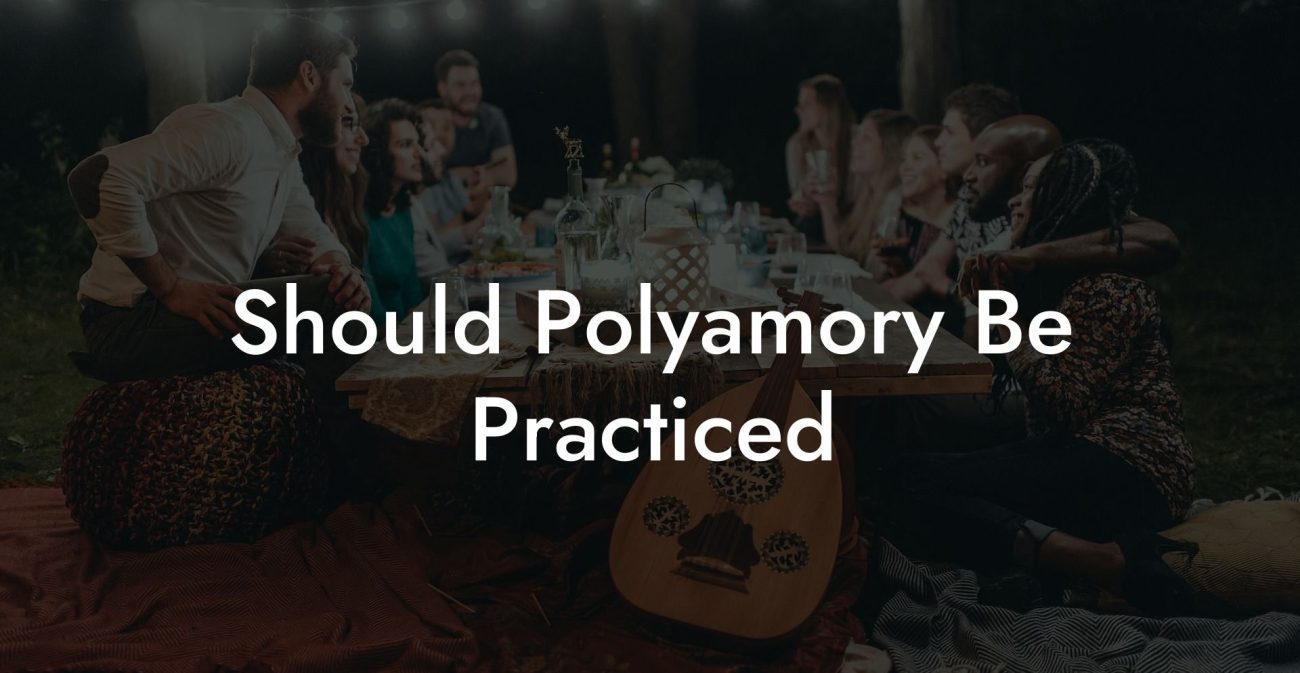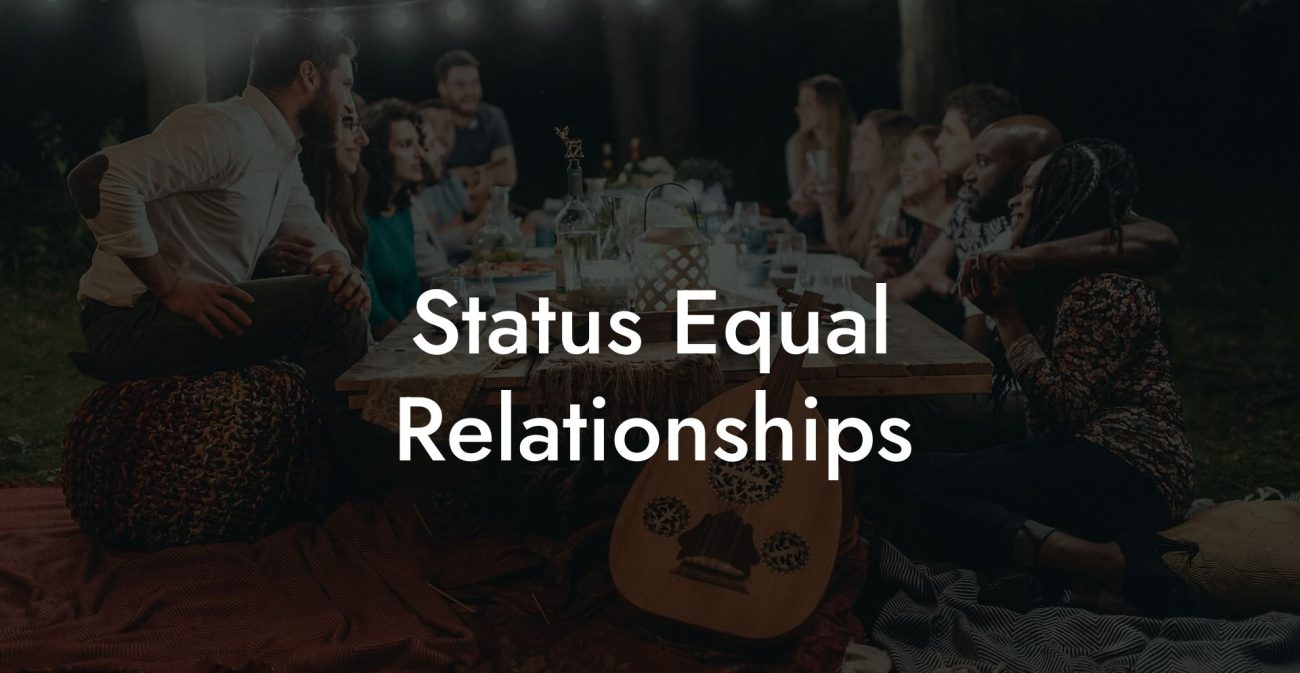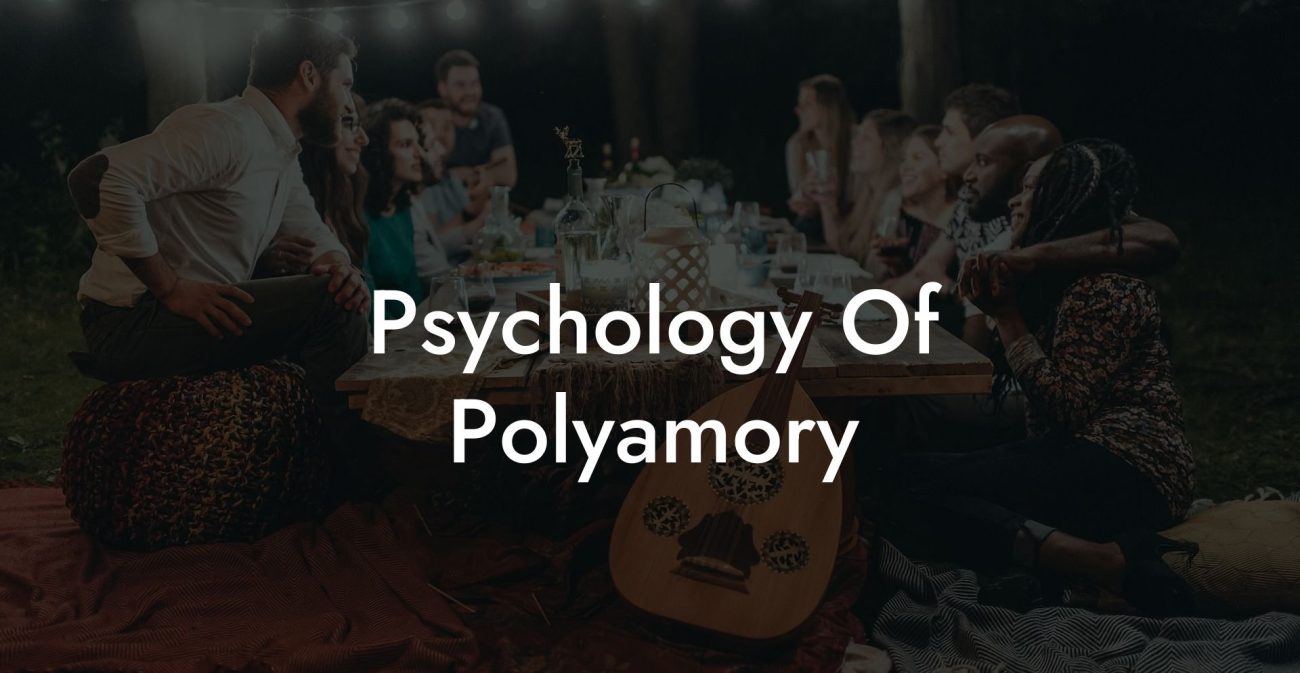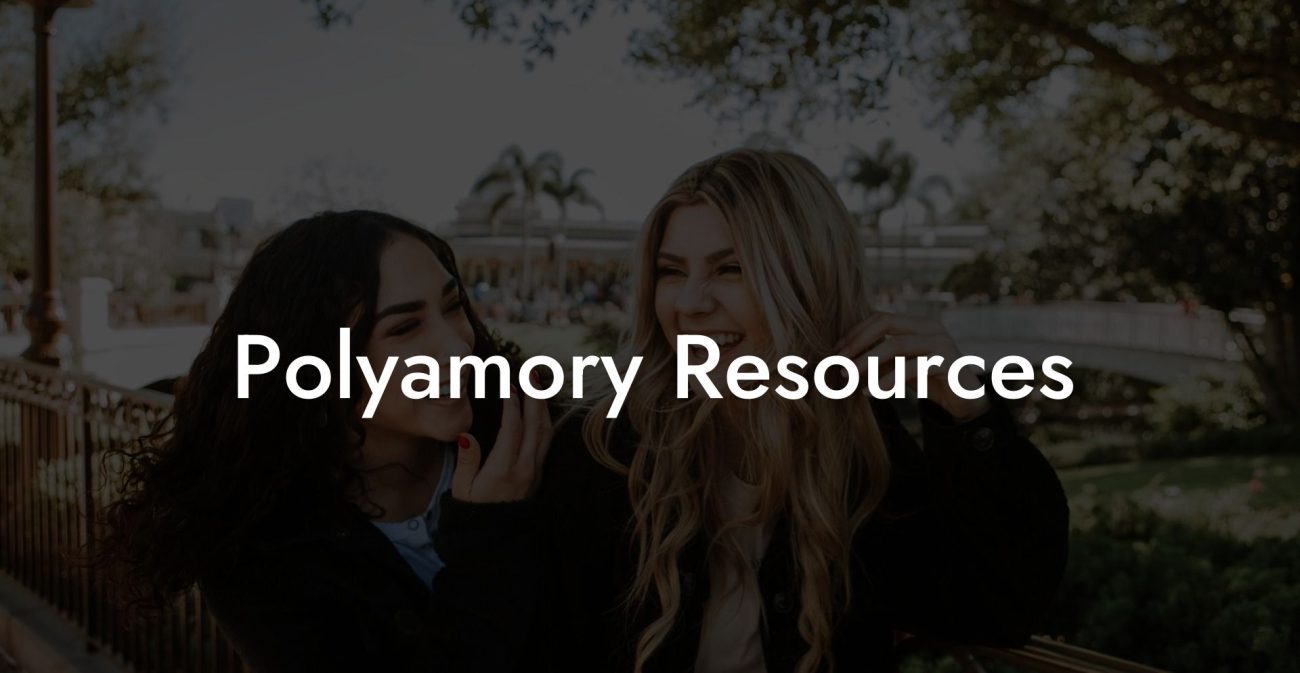Equal Partnership
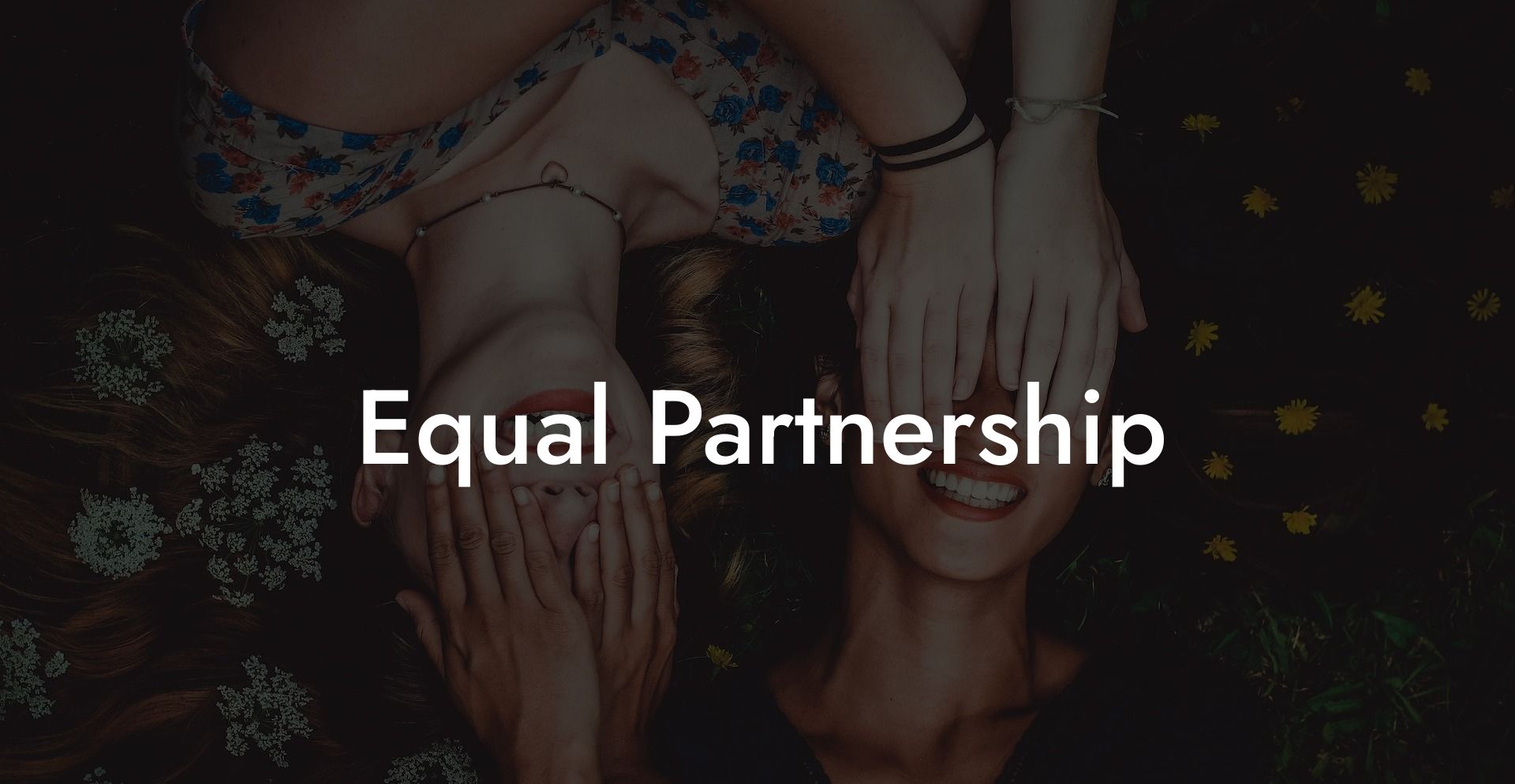
Picture a partnership where every decision is made side by side, where responsibilities and joys are shared equally, and where both partners feel as empowered as they are loved. Welcome to the world of Equal Partnership, a model of relationships that celebrates fairness, mutual respect, and shared growth. In this guide, we’ll explore what equal partnership means, its historical evolution, the core values that underpin it, the benefits and challenges it presents, and practical strategies for cultivating a relationship where both hearts beat as one in perfect balance.
Quick Links to Useful Sections
- Understanding Equal Partnership
- Defining Equal Partnership
- The Historical Evolution of Equal Partnership
- From Traditional Roles to Modern Equality
- Core Principles and Values of Equal Partnership
- Mutual Respect and Fairness
- Shared Decision-Making
- Transparent Communication
- Shared Responsibilities and Emotional Labor
- Flexibility and Adaptability
- Benefits of Embracing Equal Partnership
- Deep Emotional Connection
- Enhanced Personal Growth
- Simplified Decision-Making
- Balanced Distribution of Responsibilities
- Empowerment and Self-Respect
- Challenges in Achieving and Maintaining Equal Partnership
- Navigating Traditional Gender Roles
- Managing Work-Life Balance
- Communication Barriers
- Adapting to Life Transitions
- Strategies for Cultivating an Equal Partnership
- Invest in Regular, Open Communication
- Establish Clear, Flexible Boundaries
- Share Responsibilities Equitably
- Prioritize Self-Care and Individual Growth
- Seek External Support and Professional Guidance
- Utilize Digital Tools for Coordination
- Real-Life Success Stories
- Case Study: Sam and Jordan’s Journey to Equality
- Case Study: Taylor’s Path to Mutual Empowerment
- Expert Insights on Equal Partnership
- FAQ: Your Equal Partnership Questions Answered
Understanding Equal Partnership
Defining Equal Partnership
Equal partnership is a relationship model in which both partners share responsibilities, decision-making, and emotional labor in a balanced way. Unlike traditional models that may lean on predefined roles or unequal power dynamics, equal partnership emphasizes mutual respect and the idea that every individual’s contributions, whether emotional, financial, or domestic, are valued equally.
In an equal partnership, both partners are actively engaged in shaping their shared life. This can mean sharing household chores, co-managing finances, and jointly making decisions about everything from career moves to family planning. It’s a model where every voice is heard, and where compromise and cooperation become the foundations for a thriving, dynamic relationship.
The Historical Evolution of Equal Partnership
From Traditional Roles to Modern Equality
For centuries, many relationships were structured around traditional roles, often dictated by cultural, religious, and economic forces. In these models, one partner, typically the man, was seen as the primary breadwinner and decision-maker, while the other partner often assumed a more supportive, domestic role. Over time, as social norms began to shift, so did the expectations for personal relationships.
The rise of feminist movements, changes in labor dynamics, and a broader understanding of human rights contributed to the evolution of equal partnership. Today, more couples are challenging the old paradigms by striving for relationships where both partners work together as equals, bringing their unique strengths to the table and sharing both the responsibilities and the rewards of life.
This evolution has not only reshaped domestic life but has also influenced how we view commitment, intimacy, and partnership in a modern context.
Core Principles and Values of Equal Partnership
Mutual Respect and Fairness
At the heart of equal partnership lies mutual respect, each partner honors the other’s individuality, ideas, and contributions. Fairness in this context means that decisions, responsibilities, and rewards are shared equitably. Whether it’s dividing household tasks or making major life decisions, an equal partnership is built on the understanding that both partners have an equal stake in the relationship.
Shared Decision-Making
In an equal partnership, both individuals participate in decision-making processes. This shared approach ensures that important choices are made collaboratively, taking into account the desires, needs, and perspectives of both parties. By engaging in open discussions and seeking consensus, couples can build a relationship that truly reflects their combined vision.
Transparent Communication
Open, honest, and frequent communication is essential in fostering equality. From discussing daily concerns to planning long-term goals, transparent dialogue helps prevent misunderstandings and builds trust. In an equal partnership, each person feels safe to voice their opinions and needs, knowing they will be met with empathy and consideration.
Shared Responsibilities and Emotional Labor
Whether it’s managing finances, dividing household chores, or providing emotional support, both partners contribute their fair share. This balance ensures that no one feels overburdened or undervalued. It also creates a nurturing environment where both individuals can grow and thrive personally and together.
Flexibility and Adaptability
Life is full of changes, and equal partnerships thrive on their ability to adapt. Being flexible means renegotiating roles and boundaries as circumstances evolve. Whether it’s a career change, the arrival of children, or personal growth, an equal partnership adapts to ensure that both partners continue to feel supported and valued.
Benefits of Embracing Equal Partnership
Deep Emotional Connection
When both partners contribute equally, the resulting emotional connection can be incredibly profound. With every decision made together and every challenge tackled as a team, you build a resilient, intimate bond that can weather the ups and downs of life. This shared journey fosters an environment where vulnerability is celebrated and trust deepens over time.
Enhanced Personal Growth
Equal partnerships encourage continuous self-improvement and personal growth. By engaging in honest dialogue, sharing responsibilities, and supporting each other’s ambitions, you gain valuable insights into your own strengths and areas for development. This mutual growth not only enriches the relationship but also enhances your overall sense of well-being.
Simplified Decision-Making
With both partners actively involved in decision-making, choices are made more collaboratively and efficiently. This shared approach reduces the likelihood of conflict and creates a clear framework for navigating life’s challenges, from everyday decisions to major life events.
Balanced Distribution of Responsibilities
Equal partnership leads to a fair division of labor, both emotionally and practically. By sharing household tasks, financial responsibilities, and caregiving duties, each partner feels supported and appreciated, reducing stress and preventing burnout.
Empowerment and Self-Respect
When you are in an equal partnership, you are empowered to be your authentic self. This model fosters self-respect as both partners recognize the value of their contributions and honor each other’s individuality. The result is a relationship where personal and collective empowerment go hand in hand.
Challenges in Achieving and Maintaining Equal Partnership
Navigating Traditional Gender Roles
One of the primary challenges in establishing an equal partnership is overcoming deeply ingrained societal expectations and traditional gender roles. Even in modern relationships, remnants of historical norms can influence behavior, sometimes leading to imbalances in responsibility or decision-making. Recognizing and actively challenging these roles is crucial for creating a truly equal dynamic.
Managing Work-Life Balance
Balancing career demands, personal interests, and relationship responsibilities can be particularly challenging. In an equal partnership, both individuals must be mindful of how they allocate their time and energy. Without careful management, one partner might unintentionally take on more responsibilities, which can lead to resentment and stress.
Communication Barriers
Despite best intentions, communication barriers can arise due to differences in communication styles, emotional expression, or even timing. Misunderstandings can lead to conflict, making it essential to develop effective communication strategies and regularly revisit your dialogue practices.
Adapting to Life Transitions
Life is constantly changing, and transitions, such as moving, career shifts, or changes in family dynamics, can strain even the strongest relationships. Maintaining an equal partnership during these periods requires flexibility, patience, and a commitment to regular check-ins and renegotiation of roles and responsibilities.
Strategies for Cultivating an Equal Partnership
Invest in Regular, Open Communication
Schedule regular check-ins to discuss both everyday concerns and deeper emotional needs. Whether through daily debriefs or weekly date nights, these conversations create a consistent rhythm of openness and mutual understanding. Use “I” statements to express your feelings and listen actively to your partner’s perspective.
Establish Clear, Flexible Boundaries
Define your roles, responsibilities, and expectations early on, and be willing to revisit these agreements as circumstances evolve. Document your boundaries, using digital tools like shared notes or calendars, to ensure that both partners have a clear understanding of what has been agreed upon.
Share Responsibilities Equitably
Create a system for dividing household tasks, financial responsibilities, and caregiving duties that feels fair to both partners. Whether it’s through a chore chart or regular discussions about workload, ensure that both partners contribute in a way that leverages their strengths and respects their time.
Prioritize Self-Care and Individual Growth
An equal partnership is built on the foundation of two whole, fulfilled individuals. Encourage each other to pursue personal interests, hobbies, and friendships outside of the relationship. Engage in activities that nurture your physical, mental, and emotional well-being, such as exercise, meditation, or creative projects. This not only enriches your personal life but also brings renewed energy and perspective into your partnership.
Seek External Support and Professional Guidance
If you encounter persistent challenges, such as communication difficulties or struggles with traditional roles, consider seeking guidance from a therapist or relationship coach who specializes in equal partnerships. Workshops and support groups can also provide valuable insights and strategies for maintaining balance.
Utilize Digital Tools for Coordination
Leverage technology to keep track of shared responsibilities, scheduling, and communication. Digital calendars, task management apps, and shared documents can help ensure that both partners remain on the same page and that nothing falls through the cracks.
Real-Life Success Stories
Case Study: Sam and Jordan’s Journey to Equality
Sam and Jordan, a couple who have been together for over a decade, attribute the strength of their relationship to their commitment to equality. By regularly scheduling weekly “check-in” sessions and dividing household tasks equitably, they have built a partnership where both voices are heard. They actively challenge traditional roles by encouraging each other’s personal growth and maintaining an environment of open dialogue. Their journey shows that when both partners invest in communication and shared responsibility, the result is a resilient and deeply satisfying relationship.
Case Study: Taylor’s Path to Mutual Empowerment
Taylor, after experiencing several imbalanced relationships, made a conscious decision to seek an equal partnership. With the support of a relationship coach and through participation in couple’s workshops, Taylor and their partner restructured their daily routines and responsibilities. By prioritizing self-care and setting clear boundaries, they transformed their dynamic into one of mutual empowerment. Taylor’s story highlights that embracing equality isn’t just about sharing responsibilities, it’s about fostering an environment where both individuals can thrive.
Expert Insights on Equal Partnership
Relationship experts emphasize that equal partnerships are not only about fairness but also about deep, shared growth. Dr. Elena Rivera, a therapist who specializes in relationship dynamics, explains, “When both partners commit to an equal partnership, they create a foundation of mutual respect and trust that allows for profound emotional intimacy and personal development. It’s a continuous process of negotiation, understanding, and growth.”
Relationship coach Marcus Lee adds, “Equal partnership empowers both individuals to contribute fully and authentically to the relationship. It’s about breaking down traditional roles and building a dynamic, balanced relationship that reflects the true needs and strengths of both partners.”
FAQ: Your Equal Partnership Questions Answered
1. What is equal partnership?
Equal partnership is a relationship model in which both partners share responsibilities, decision-making, and emotional labor on an equal footing, valuing each other’s contributions without traditional power imbalances.
2. Why is equal partnership important?
It fosters mutual respect, deepens emotional intimacy, promotes personal growth, and ensures that both partners feel valued and empowered in the relationship.
3. How do I build an equal partnership?
Start by engaging in open, honest communication, establishing clear and flexible boundaries, sharing responsibilities equitably, and prioritizing both self-care and mutual growth.
4. What challenges might arise in pursuing an equal partnership?
Challenges can include overcoming traditional gender roles, managing work-life balance, and ensuring that both partners continuously engage in self-reflection and effective communication.
5. How can digital tools help in an equal partnership?
Digital tools like shared calendars, task management apps, and digital journals help coordinate responsibilities, schedule regular check-ins, and ensure that both partners remain aligned in their commitments.
6. Can equal partnerships adapt to life changes?
Yes, the flexibility inherent in equal partnerships allows them to adapt and evolve over time. Regular discussions and boundary reviews help ensure that the relationship continues to meet both partners’ needs as circumstances change.
7. How does equal partnership benefit personal growth?
By sharing responsibilities and supporting each other’s individual goals, both partners can learn more about themselves, develop new skills, and experience personal growth, which in turn enriches the relationship.
8. What role does communication play in maintaining equal partnership?
Communication is crucial. Regular, transparent dialogue helps prevent misunderstandings, ensures that both partners feel heard, and fosters a strong foundation of trust and mutual support.
9. How do I address power imbalances in a relationship?
Recognize and challenge traditional roles by engaging in open discussions, sharing responsibilities equally, and continually reflecting on your own behavior and expectations.
10. Where can I find more resources on equal partnership?
Look for books, podcasts, and online communities dedicated to relationship equality, as well as workshops and counseling services that focus on building balanced, mutually supportive partnerships.
Resources and Community Support: Your Next Steps in Embracing Equal Partnership
- Books: Consider titles that focus on relationship equality and mutual growth, such as works on modern partnership dynamics and personal development.
- Podcasts: Listen to relationship-focused podcasts that explore topics of equality, communication, and mutual empowerment.
- Online Communities: Join forums and social media groups dedicated to discussing equal partnerships and sharing experiences.
- Workshops and Webinars: Attend events that provide practical strategies for building and maintaining equal, supportive relationships.
- Therapy and Counseling: Seek guidance from relationship coaches or therapists who specialize in equal partnership and modern relationship dynamics.
Embracing equal partnership means committing to a journey of mutual respect, shared growth, and balanced responsibility. With clear communication, adaptive boundaries, and a supportive network, you can build a relationship that not only endures but flourishes, empowering both partners to thrive as individuals and as a unified team.
Lost & confused by all of the terms, types and seemingly made up 3 letter acronyms?? We've got you. Check out our Ethnical Non-Monogamy Dictionary >>
Useful Interruption: Not sure which relationship vibe fits you best? Take our Relationship Test, it’ll give you the real insight into your natural relationship style. Then, dive into our binge-worthy guides (from the tried-and-true to the “wait, that’s a thing?”) and find the perfect relationship type for your life:
- Monogamy
- Open Relationships
- Ethical Non-Monogamy
- Solo Polyamory
- Non-Hierarchical Polyamory
- Hierarchical Polyamory
- Relationship Anarchy
- Swinging
Now back to the main article but yeah take the test...

